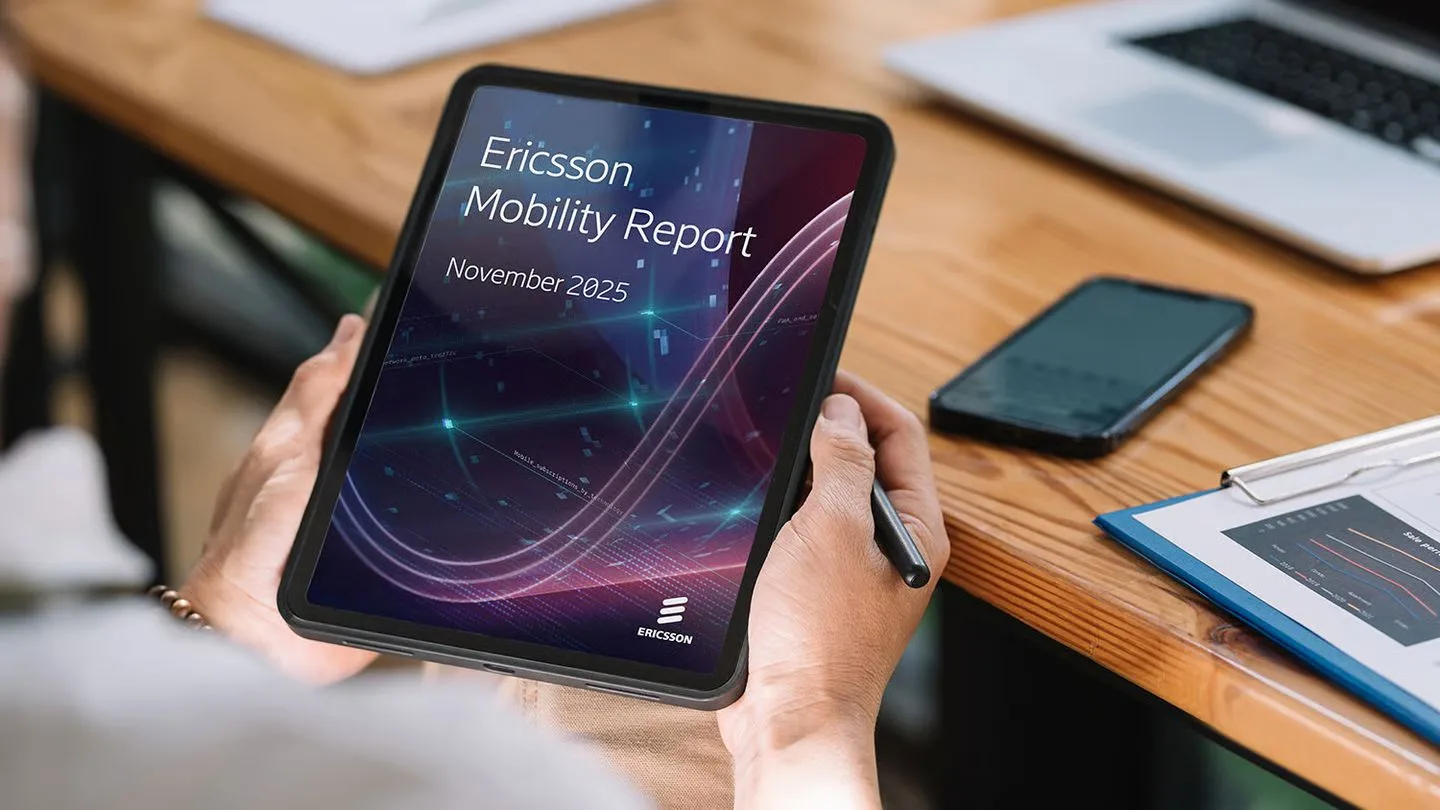The Ericsson Mobility Report 2025 highlights a remarkable expansion of 5G connectivity worldwide. Around 400 million new users gained access to 5G networks in 2025 alone. This growth means that 50% of the global population, excluding mainland China, will be covered by 5G services by the end of this year.
Such expansion reflects accelerated infrastructure development by operators across diverse regions. The shift from 4G to 5G is increasingly evident as users demand faster and more stable internet connections. Data traffic has surged notably, with a 20% increase in cellular data usage from Q3 2024 to Q3 2025. This growth is primarily driven by major markets like China and India.
Long-term projections anticipate average annual growth of 16% in data traffic until 2031. This trend is fueled by rising video content consumption, more IoT device connections, and widespread adoption of cloud-based services. The share of 5G traffic is also rising rapidly. In 2025, 43% of total cellular data traffic globally is supported by 5G, up from 34% in the previous year.
Analysts forecast that by 2031, 83% of all cellular traffic will run on 5G networks. This establishes 5G as the backbone of future cellular connectivity worldwide. A standout use case in the 2025 report is Fixed Wireless Access (FWA), which uses cellular networks to deliver broadband internet akin to fiber. FWA has become a vital solution for homes and businesses, especially in areas lacking wired infrastructure.
Ericsson expects 1.4 billion users to access FWA broadband by 2031, with 90% relying on 5G technology. This highlights 5G’s ability to provide high speed, stable, and scalable internet alternatives. The number of telecommunications providers offering 5G-based FWA services has grown to 159 globally, representing 65% of all FWA providers.
A significant business model shift is also occurring, with more operators offering FWA packages based on connection speed. The share of operators using speed-based monetization models rose from 43% in 2024 to 54% in 2025. This move aims to meet diverse customer needs and promote service differentiation.
The report also showcases 5G applications across industries. Singtel demonstrates how 5G Standalone networks offer personalized, low-latency experiences. SoftBank focuses on 5G’s role in modernizing enterprise IT infrastructure and accelerating digital transformation. Meanwhile, the international sailing competition SailGP uses 5G to improve field operations and deliver high-resolution realtime video to audiences.
Since its launch in 2011, the Ericsson Mobility Report has been a global benchmark in the telecom industry. It is based on extensive real-world network data collected by Ericsson and partners, guaranteeing high credibility. The 2025 edition underscores 5G’s accelerating evolution driving faster, smarter, and more inclusive connectivity worldwide.
Key highlights from the Ericsson Mobility Report 2025 include:
1. 400 million new 5G users in 2025, extending reach beyond developed regions.
2. 50% of global population outside mainland China covered by 5G by year-end.
3. 20% increase in cellular data traffic from Q3 2024 to Q3 2025, led by China and India.
4. 43% of global cellular traffic supported by 5G in 2025, projected to hit 83% by 2031.
5. 1.4 billion global users expected for Fixed Wireless Access broadband by 2031, 90% on 5G.
6. 159 telecom operators now provide 5G FWA services, covering 65% of the global FWA market.
7. Increase in speed-based pricing models for 5G broadband from 43% to 54% operators.
8. Industry use cases showing 5G enabling personalized, low-latency services and improved digital infrastructure.
The global shift towards 5G is reshaping connectivity economics and user experiences. This transformation will continue to influence network strategies and the evolution of digital services over the coming decade.
